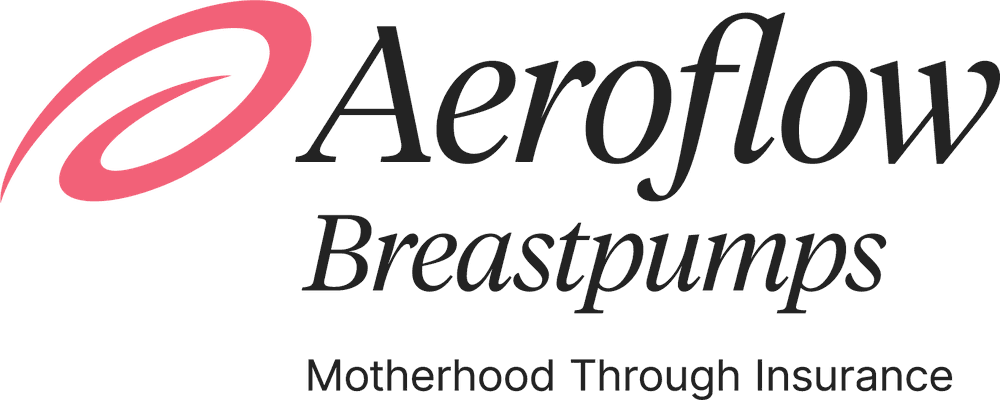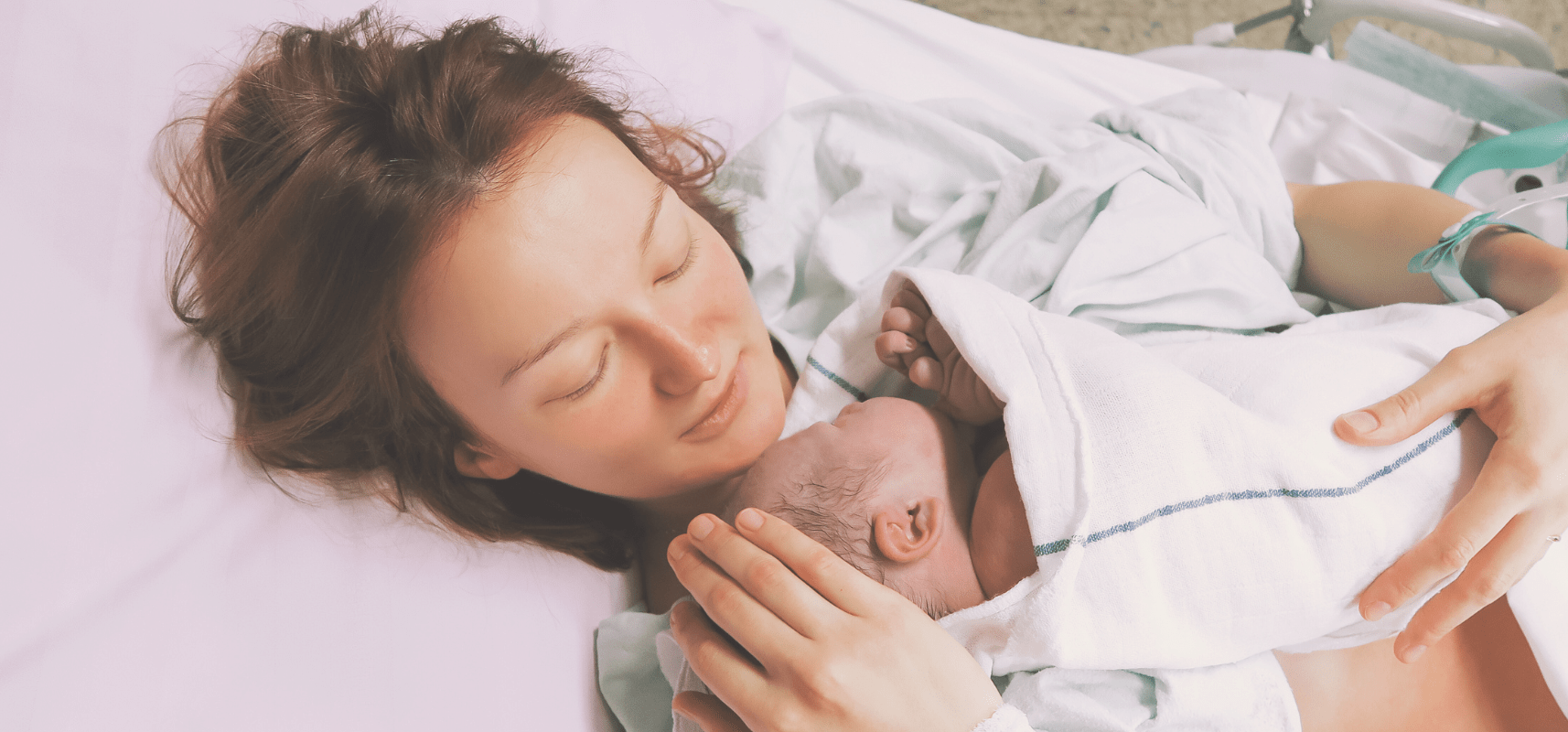What Are The Primary Postpartum Health Considerations?
Most people are aware that there are some risks for both mama and baby during pregnancy, labor, and the postpartum period. But many people come to us with questions about maternal mortality and complication statistics. These concerns are valid—the stats can be scary!—but it’s important to consider these statistics in context.
When considering your risk for developing any pregnancy or postpartum-related complications, first consider your current health status. If you are healthy, there is a lower chance of any complications.
To be clear, these complications are rare. They can happen, but for the vast majority of moms, they simply don’t. In most cases, there is no need to be afraid or concerned. Instead, it’s best to educate yourself so you can recognize any warning signs.
Here are some of the health concerns that could arise during the postpartum period:
Hemorrhage
- This is severe bleeding through the vagina. It may look and feel similar to an extremely heavy period.
- Hemorrhage may occur immediately after delivery or as late as 12 weeks after giving birth.
- It can occur after vaginal delivery or C-section.
- While some bleeding after birth is normal, significant, heavy blood loss is not. If you’re concerned that you’re bleeding too heavily, don’t hesitate to contact your healthcare provider and seek emergency medical attention. Without care, the bleeding may become uncontrolled and life-threatening.
Infection
- Because all childbirth involves some trauma to the mother’s body, this naturally increases the risk of contracting an infection.
- The risk is slightly higher for those who give birth via C-section.
- If you have other risk factors such as obesity, high blood pressure, or diabetes, you have a slightly higher risk of developing infections after birth.
- If small infections are left untreated, they can spread and lead to sepsis, a life-threatening condition in which your body’s immune system turns on itself.
- Fortunately, most infections are very treatable!
Heart-Related Problems
- Potential heart-related complications include postpartum preeclampsia, stroke, blood clots, or heart failure.
- Women who have experienced heart complications with a previous pregnancy may be at a higher risk of developing them again, so it’s important to discuss your previous pregnancies with your current healthcare team.
Mental Health Issues
- Many new parents experience “the baby blues” — feelings of sadness, anxiety, and overwhelm—in the early days and weeks after giving birth. These feelings should naturally decline within two weeks.
- In some cases, postpartum moms experience more complex postpartum mental health complications. These can include postpartum depression, postpartum anxiety, or postpartum rage.
- If you think you’re experiencing one of these conditions, don’t suffer in silence. Reach out to your healthcare provider for help.
Warning Signs
What warning signs should you look for? Call your healthcare provider if you experience any of the following:
- A persistent fever above 101 degrees Fahrenheit
- Difficulty breathing
- Chest pain
- Coughing up blood
- Intense headaches
- Thoughts of harming yourself or your baby
- Heavy vaginal bleeding after arriving home
How do you know if your postpartum vaginal bleeding is normal or “heavy”?
A good rule of thumb: If you need to change your pad more than once per hour, that’s a sign to call your doctor.
Postpartum Bleeding
Regardless of how you deliver your baby, you’ll likely experience postpartum vaginal bleeding for up to 6 weeks after delivery. Many people notice bright red bleeding, much like a period, for about a week after giving birth. This period-like bleeding slowly tapers off in the weeks after delivery.
Over the following weeks, the blood will become darker and duller; eventually, it will turn yellow or white. However, many postpartum moms still experience “spurts” of brighter blood—this is completely normal!
IMPORTANT: Call your healthcare provider if you experience heavy bleeding or if you need to change your pad more than once per hour at any time during your postpartum period.









